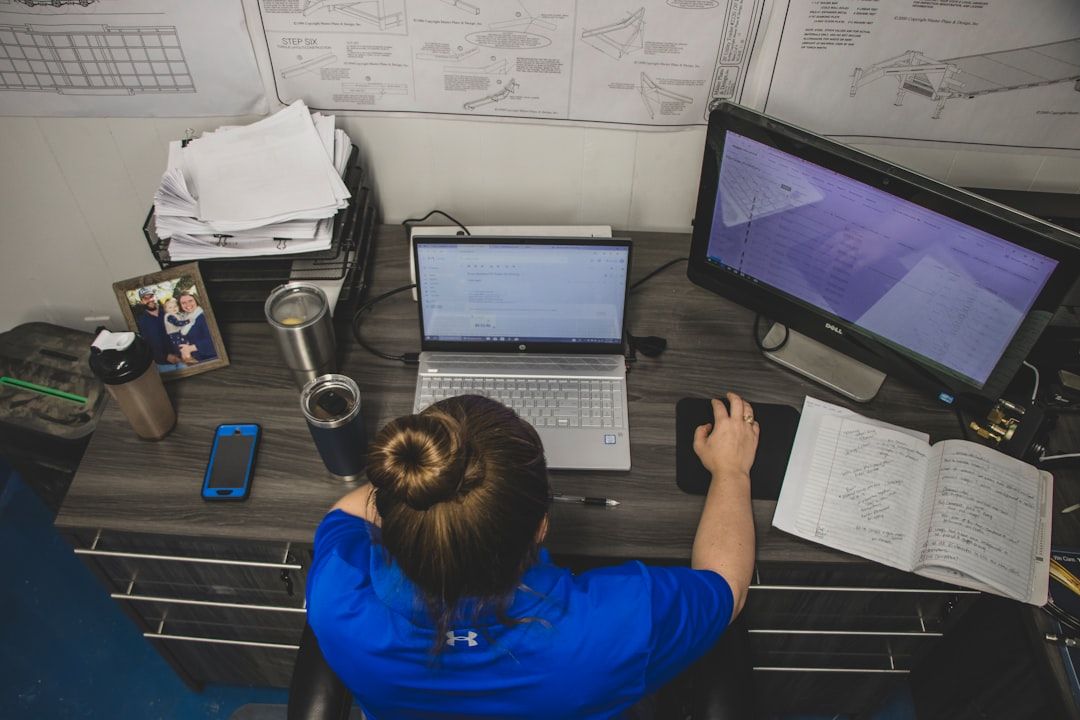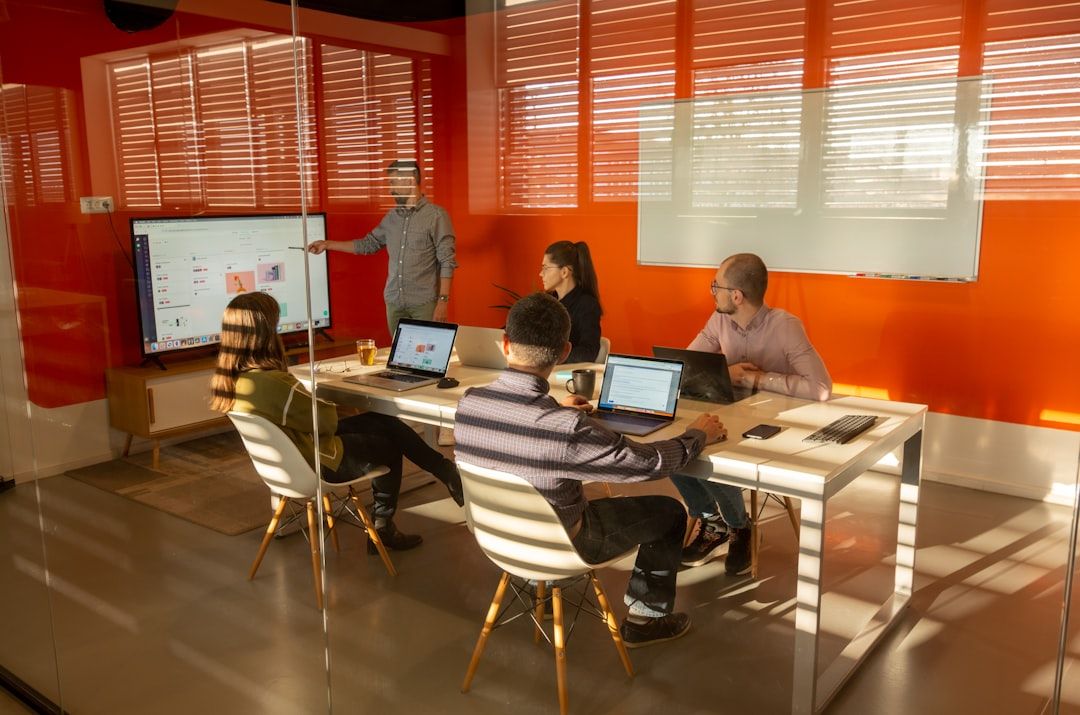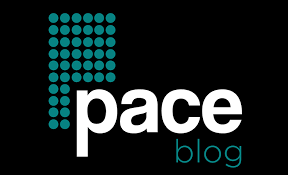In an era where remote work has rapidly evolved from a privilege to a norm, businesses are scrambling to find effective ways to ensure that productivity doesn’t suffer when employees are no longer under one roof. It’s no longer just about clocking in—it’s about accountability, transparency, and real productivity. Legacy attendance systems are falling short, and the demand for intelligent systems that can distinguish between genuine work and idle presence has never been more urgent.
TLDR:
Traditional time-tracking tools can’t tell if employees are really working when they’re remote—they just log time. The latest generation of attendance management software leverages behavioral data, productivity analysis, and real-time activity tracking to determine if remote employees are truly “at work.” It not only improves accountability but helps organizations make more informed team management decisions. With privacy-first frameworks and machine learning, it’s setting a new standard for the hybrid workforce.
Why Traditional Attendance Systems No Longer Cut It
When employees began working from home en masse, most organizations simply extended their in-office attendance systems to remote setups. These systems were designed for physical environments and focus primarily on logging when someone logs in and logs out, with no real insight into what happens in between. In today’s work-from-home model, those metrics are insufficient.
Consider the following inadequacies of outdated systems:
- Time-based tracking: Logging hours doesn’t correlate with actual productivity.
- No contextual data: They fail to gauge the quality of work or engagement levels.
- Manual inputs: Susceptible to human error, manipulation, and dishonesty.
In essence, these tools are transactional, but the modern work environment demands tools that are transformational.
The Rise of Smart Attendance: Understanding Real Engagement
Today’s most advanced attendance management systems don’t just know when you’re online—they understand when you’re truly working. The newest of these platforms leverage artificial intelligence and behavioral analytics to create a clear and measurable picture of employee focus and contribution, even from a remote setting.
Key differentiators of smart attendance solutions include:
- Contextual activity tracking: Monitoring meaningful engagement like editing documents, attending meetings, coding, designing, or customer interactions.
- Machine learning algorithms: Learning typical patterns of work behavior and identifying anomalies, such as prolonged inactivity or unusual login patterns.
- Integrated productivity tools: Measuring outputs and workflow efficiency against expected benchmarks.

One standout among this new generation is a software platform designed specifically to understand the difference between a “present” employee and a productive one. And it doesn’t do it invasively. It relies on intelligent design rather than surveillance, prioritizing ethical data collection.
Privacy by Design: Balancing Monitoring and Trust
Any conversation about tracking employee activity must acknowledge privacy. Truly great software—like the one we’re discussing—uses a privacy-first approach that’s both transparent and respectful. The system collects only the data needed to determine productivity and never resorts to intrusive surveillance methods like screen recording or keystroke logging.
Privacy-enhancing features often include:
- Employee consent: Teams are informed about what data is collected and how it’s used.
- Anonymized reporting: Data is aggregated and de-identified for management reports unless explicitly required otherwise.
- Role-based visibility: Only supervisors with authorized access can view team-level productivity insights.

This approach not only reassures employees but also encourages adoption. Team members are more likely to engage with a system they understand and trust, rather than one that feels like a digital watchdog.
Real-Time Productivity Dashboards: More Than Just Time Logs
Perhaps the most striking feature of smart attendance software is its dashboard, which replaces the old binary “In/Out” status with a detailed productivity timeline. These dashboards offer a visually compelling view of employee engagement that includes:
- Work zones: Time blocks where focused work is detected.
- Collaboration spikes: Periods where teamwork, chats, and digital meetings occur.
- Break analysis: Reasonable rest periods identified and accounted for in daily rhythm metrics.
The dashboard empowers both employees and leaders. While managers gain visibility into team-wide performance, individuals can self-monitor and improve their own working patterns—turning data into a self-improvement tool, not just a report card.
Scalability and Integration with Your Ecosystem
An often overlooked but critical factor in choosing modern attendance technology is its ability to integrate with your existing digital ecosystem. Leading tools are designed to plug into everyday productivity apps like Slack, Microsoft Teams, GitHub, Zoom, and CRMs, collecting data points with minimal friction.
Benefits of a seamless integration model:
- Reduces administrative burden—no more toggling between apps to track or input time.
- Ensures real-time data syncing, resulting in more responsive management processes.
- Offers a holistic view of productivity from all key tools your team already uses.
This type of integration transforms the software into a true backend intelligence system, quietly powering data-driven decisions across HR, operations, and leadership teams.
From Accountability to Performance Enhancement
While the initial goal may be to ensure accountability, the eventual impact of this software reaches far deeper. By analyzing trends and flagging discrepancies, managers can identify where interventions are needed—perhaps an underperforming employee needs support, or a high-achiever needs recognition or promotion.
Additionally, the software can highlight team fatigue, peak performance windows, and optimal timeframes for assignments or meetings—resulting in smarter scheduling, happier teams, and more sustainable productivity.
Who Benefits Most from Smart Attendance Systems?
The implications of this software go well beyond individual companies. It’s particularly transformative for:
- Remote-first organizations: Enables true parity between remote and in-office staff.
- Distributed global teams: Normalizes productivity benchmarks across time zones and cultures.
- Hybrid workforces: Maintains fairness in evaluation, even when in-office visibility is uneven.
- HR and People Ops teams: Provides data-driven insights to enhance performance reviews, productivity incentives, and talent development.
By enabling structured yet flexible monitoring, smart attendance tools help companies transition away from micromanagement and toward a culture of empowered performance.
The Future of Attendance is Here—And It’s Smarter
In today’s agile and remote-centric business landscape, smart attendance software is no longer a luxury—it’s a necessity. It replaces assumptions with insights, presence with performance, and inefficiencies with intelligence. And most importantly, it does all of this without sacrificing employee dignity or trust.
So, when someone says they’re working from home, you’ll finally be able to know—not just if they’re logged in, but if they’re truly working.
